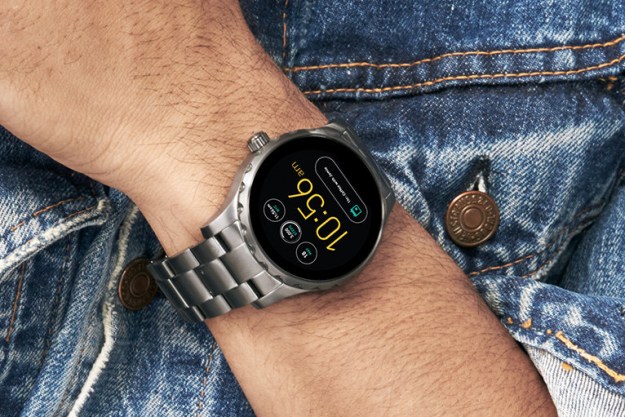In today’s wearables-obsessed tech environment, there are devices to help you lose weight, gain sleep, and, now, get pregnant. Meet Ava and its Ava bracelet, a fertility-tracking wearable that wants to help women conceive. Branded as the first fertility-tracking device to identify a woman’s most fertile days during her cycle in real time, this bracelet is constantly collecting data on your body, and promises to detect in advance “an average of at least five fertile days per cycle without the hassle, messiness, and invasiveness of other methods like ovulation sticks and BBT thermometers.”
To take advantage of Ava’s functionality, simply slap the bracelet on at night, and sync it with the companion app in the morning. In clinical studies, researchers found that this wearable was able to detect an average of 5.3 fertile days per cycle for women with an accuracy rate of 89 percent. And this degree of confidence, experts say, could be a game-changer for those looking to start families.
“Women spend so much time and emotional energy trying to accurately track their cycles, often using multiple methods in tandem,” said Professor Brigitte Leeners, an expert on the mathematical modeling of menstrual cycles. “Timing intercourse around ovulation is critical for conceiving, but the current options for doing so are inadequate. We’re long overdue for a device like Ava that detects the fertile window precisely and easily.”
While you’re resting, Ava is doing all the work for you. Its sensors purport to collect 3 million data points around key metrics like pulse rate, breathing rate, sleep quality, heart rate variability, and temperature, all of which correlate with an increase in estradiol and progesterone, the reproductive hormones. This wealth of information, Ava claims, helps women figure out the best time to be trying for a baby.
“Even under the most favorable conditions — a young, healthy couple having frequent unprotected intercourse — there is only about a 25 percent chance of getting pregnant in a given month.” explained Ava Science CEO and co-founder Lea von Bidder.”Only about 30 percent of women have fertile windows that fall entirely within the time that clinical guidelines predict,” she continued. “That’s why an accurate, reliable way to detect the full fertile window is such a breakthrough. Ava can cut the time it takes to get pregnant in half.”
Ava is available now at AvaWomen.com for $199.


